Horrifying Thousands Of Animal And Human Bones Discovered In Middle-East Cave
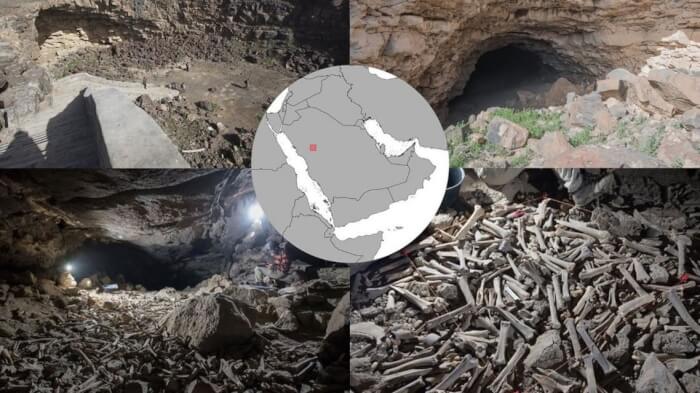 Source: Archaeological and Anthropological Sciences
Source: Archaeological and Anthropological Sciences
Images of Saudi Arabia’s Umm Jirsan “hyena cave”: A: Entrance to the western passage and surrounding area. B: Entrance to the western passage. Note the team members on the right-hand wall for scale. C: The back chamber in which the excavation was carried out. D: Plotted sampling square before surface collection and excavation.
The horrifying ‘gallery’ in Saudi Arabia comprises of bones from humans and at least 14 distinct types of animals, including cattle, horses and rodents. Its interior has been decorated by hyenas over the past 7,000 years, research suggests.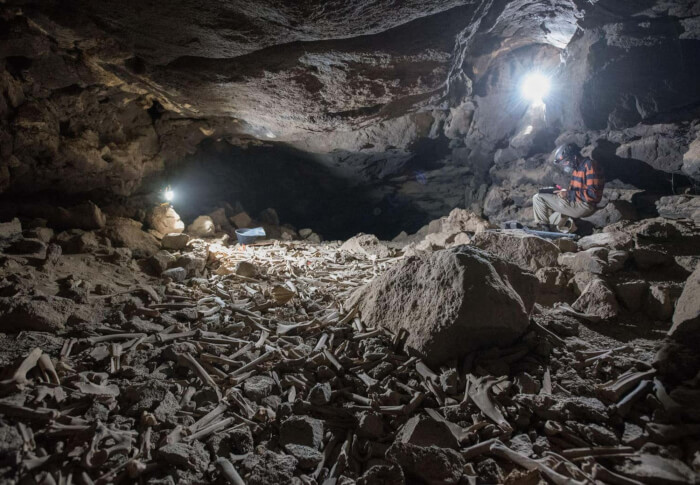 Source: Archaeological and Anthropological Sciences
Source: Archaeological and Anthropological Sciences
The subterranean system has been researched for more than 10 years before the bones found there were investigated. Dr Matthew Stewart, from the Max Planck Institute for Chemical Ecology in Germany, wrote on Twitter: "This lava tube is chock-a-block with hundreds of thousands of beautifully preserved animal remains."
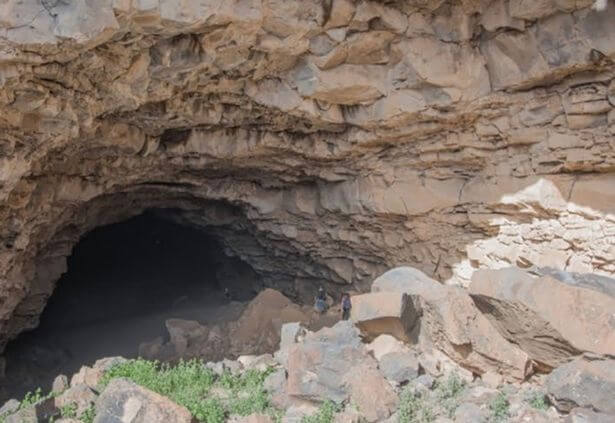 Source: Archaeological and Anthropological Sciences
Source: Archaeological and Anthropological Sciences
The hyenas are believed to be avid collectors of bones, which they bring to their dens to eat, to feed their babies or to store for later use. Scientists also discovered skeletal remains and fossilized turd of striped hyena withing the caves, further enhancing their hypothesis.
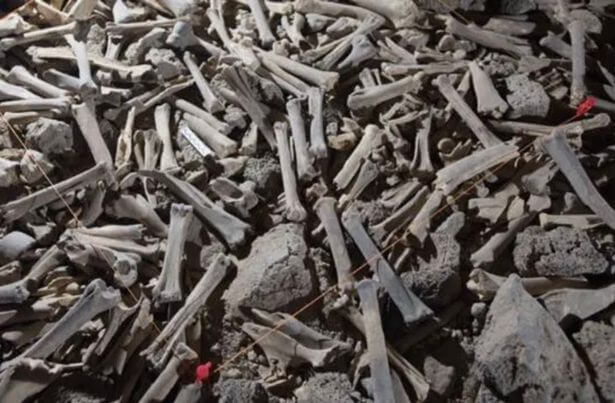 Source: Archaeological and Anthropological Sciences
Source: Archaeological and Anthropological Sciences
He tweeted: "The material at Umm Jirsan has accumulated over the last 7,000 years, attesting to the excellent conditions for the preservation of bone within the lava tube. In a region where bone preservation is very very poor, sites like Umm Jirsan offer an exciting new resource."
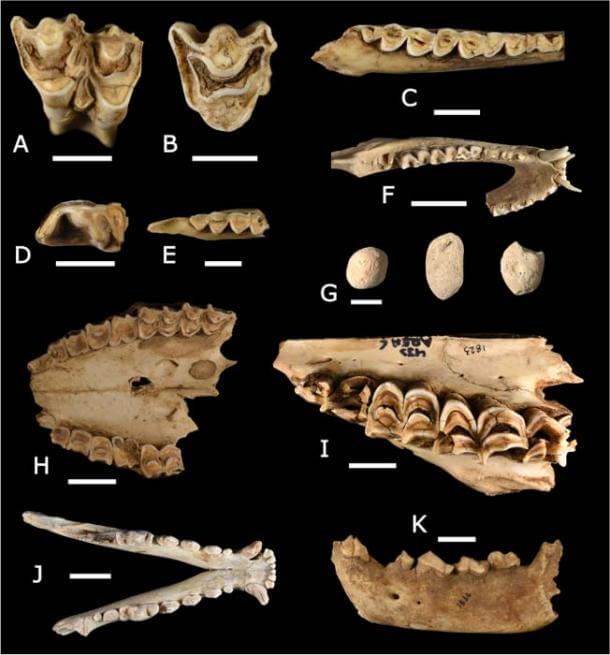 Source: Twitter
Source: Twitter
Share this article
Advertisement